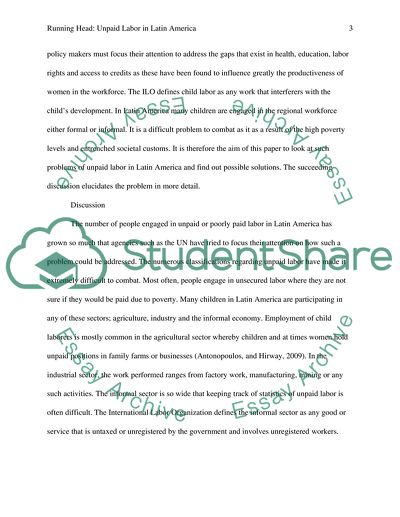Cite this document
(“The problem of unpaid labour in latin American economics Essay”, n.d.)
The problem of unpaid labour in latin American economics Essay. Retrieved from https://studentshare.org/macro-microeconomics/1644056-the-problem-of-unpaid-labour-in-latin-american-economics
The problem of unpaid labour in latin American economics Essay. Retrieved from https://studentshare.org/macro-microeconomics/1644056-the-problem-of-unpaid-labour-in-latin-american-economics
(The Problem of Unpaid Labour in Latin American Economics Essay)
The Problem of Unpaid Labour in Latin American Economics Essay. https://studentshare.org/macro-microeconomics/1644056-the-problem-of-unpaid-labour-in-latin-american-economics.
The Problem of Unpaid Labour in Latin American Economics Essay. https://studentshare.org/macro-microeconomics/1644056-the-problem-of-unpaid-labour-in-latin-american-economics.
“The Problem of Unpaid Labour in Latin American Economics Essay”, n.d. https://studentshare.org/macro-microeconomics/1644056-the-problem-of-unpaid-labour-in-latin-american-economics.


